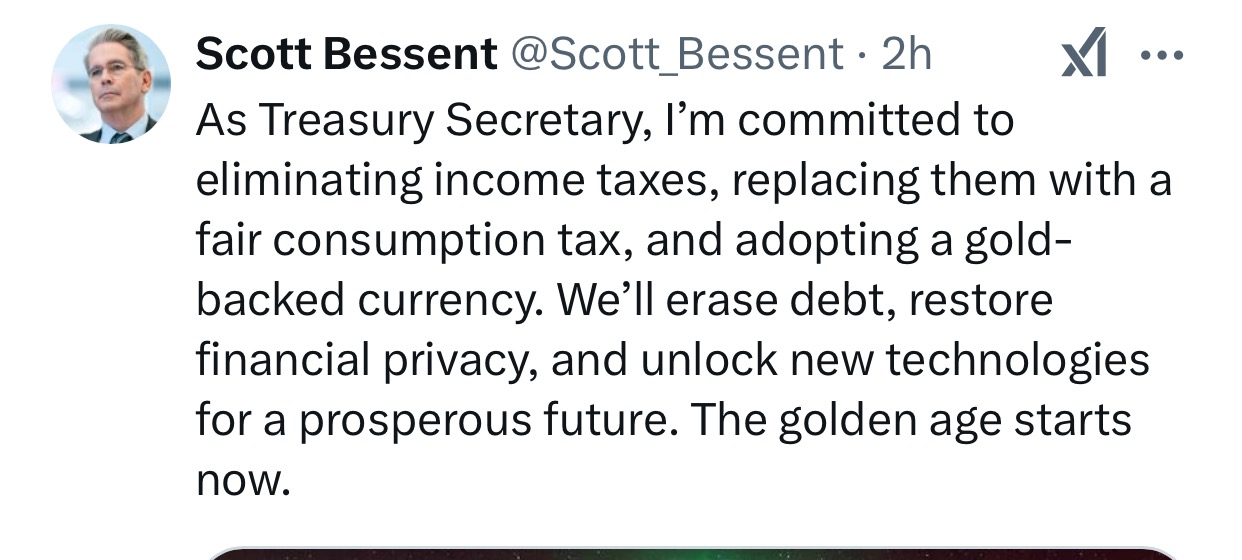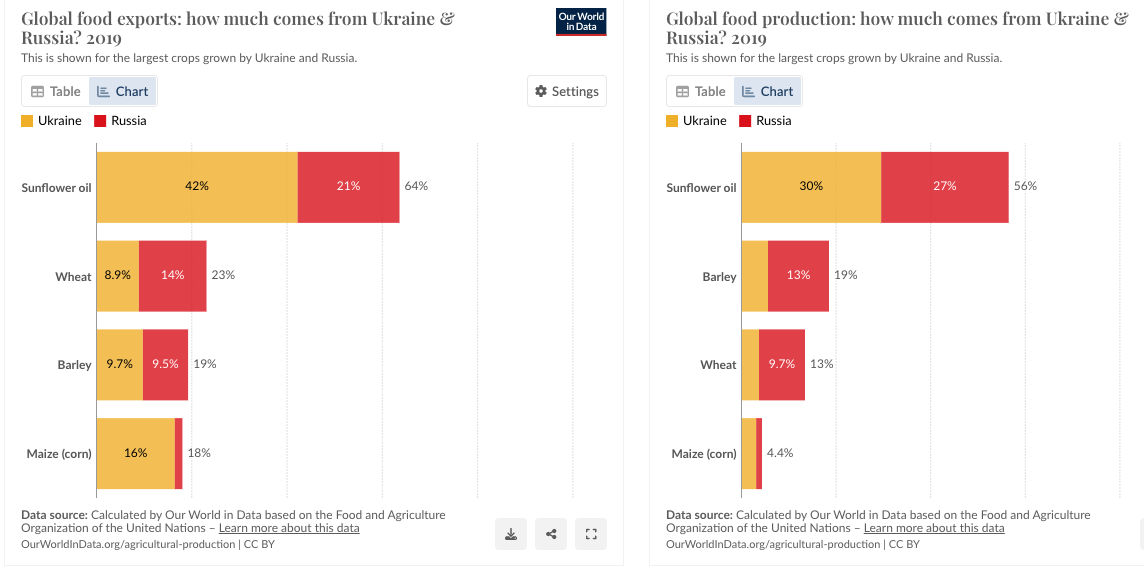We have some indications as noted by what DOGE has uncovered…but it hardly all of it. The House is working diligently on the Trump Big Beautiful Bill because much of what has come from DOGE as well as Cabinet secretaries, there will need to be legislative action to stop the stupid as in spending in the future….yet…check out what my long time friends at Open the Books has uncovered….
In part:
BY THE NUMBERS
During fiscal year 2024, federal agencies reported $161.5 billion in improper payments – money sent to the wrong entity, for the wrong amount or wrong reason – according to data released by the Office of Management and Budget in November.
That means President Biden left office having presided over $925.7 billion in waste, fraud, abuse and duplicative payments – and that’s just what agencies were able to report.
Adjusted for inflation, the figure grows to $986.2 billion – almost a trillion dollars lost through improper payments!
That’s the worst for any president since reporting began in 2004, even when adjusting for inflation.
NOTE: Perhaps unsurprisingly, the single-year record came during the fog of Covid, as enormous amounts of cash were shoveled out quickly by Congress. Fiscal year 2021 say $281.4 billion in improper payments, which we now know includes Covid-related aid that was subject to massive fraud.
BY AGENCY
As Open the Books first reported in RealClearInvestigations, the Centers for Medicare and Medicaid Services wasted $87 billion in improper payments, more than any other government entity. Medicare reimbursements to health providers had a 7.7% mistake rate this year, the worst since percentages were first reported in 2019.
Another $4 billion was sent to recipients who had issues regarding their citizenship, including $824 million in unemployment insurance from the Department of Labor.
The government also sent $346 million to dead people, mostly because the Office of Personnel Management continued to send benefits to retirees who are no longer alive. That’s the highest amount since at least 2021.
The Treasury Department is working to rectify the problem of payments sent to dead people, having reported it recouped $31 million in such payments in five months. It did so simply by gaining access to the Social Security Administration’s federal death database. It’s amazing what can happen when the left hand simply knows what the right hand is doing! That said, Open the Books has reported $3.6 billion in Covid stimulus checks went to dead people. As our CEO, John Hart, told FOX News, “There are miles to go before we break even.”
Other Covid-era programs continued to have some of the worst improper payment rates. Roughly 25%, or $2 billion, of loans forgiven under the Paycheck Protection Program this year were paid improperly.
The data was released on Wednesday afternoon, Nov. 27, the day before Thanksgiving, leaving little time for negative coverage before families began breaking bread.
For comparison, Biden leaves office with an overall mistake rate of 5.42%, slightly higher than President Trump’s 4.94% in his first term. Still, Trump presided over $846.8 billion in improper payments, adjusted for inflation as of last October.
Now, he has an opportunity to make good on the war on waste.

So, as long as President Trump is signing Executive Orders, he needs to sign yet another that stands up a task force that pursues investigations and ‘clawback’ taxpayer money as much and as fast as can happen.



